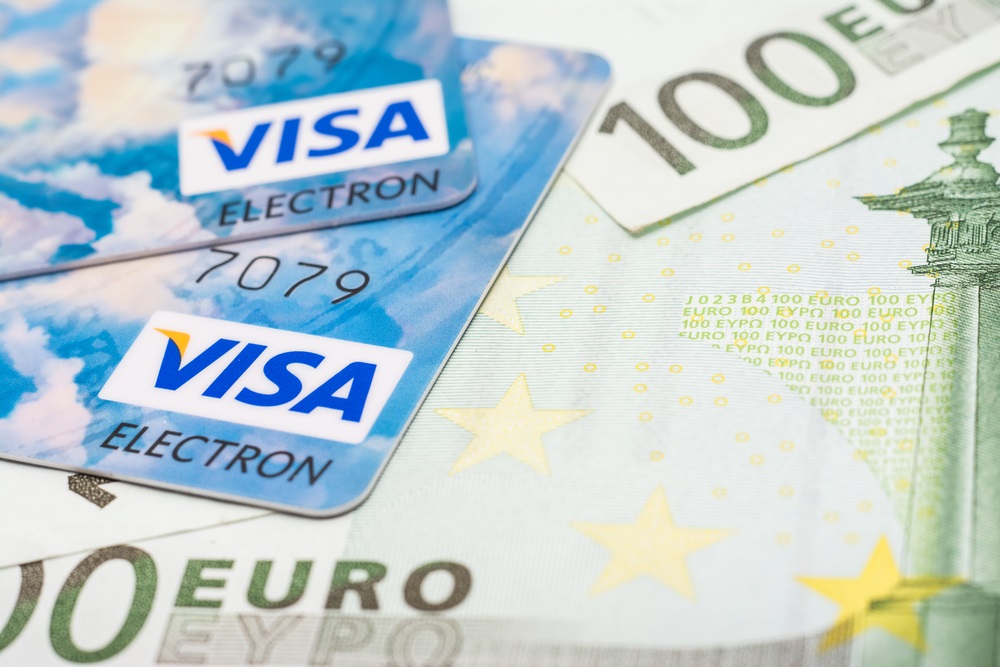Credit Cards & Loans
Abroad for Christmas? Avoid this expensive mistake

Guest Author:
Paloma KubiakA typical family spending £2,000 on a Christmas and New Year trip overseas could be hit with an extra £140 in charges by using debit and credit cards incorrectly, analysis reveals.
This is because choosing to pay in pounds rather than local currency can add as much as 10% to the transaction cost.
Dynamic currency conversion (DCC) enables retailers, hotels, restaurants and ATM providers overseas to let customers choose which currency they want to pay in.
If you choose the local currency, the more favourable standard MasterCard or Visa exchange rate is used. But if you pick pounds, you’ll be hit with rip-off exchange rates as the retailer’s bank sets the rate, often taking a slice of your cash for themselves.
Retailers and service providers claim cardholders like the familiarity of paying in pounds. However, many holidaymakers are unaware of just how expensive the wrong option can be.
How much could it add to a typical transaction?
Mastercard prepaid card users are protected from DCC charges after it blocked customers from paying in pounds abroad earlier this year.

Why Life Insurance Still Matters – Even During a Cost-of-Living Crisis
Sponsored by Post Office
However, the bulk of holidaymakers, including those with best buy no fees abroad credit cards, are subject to the DCC charge when opting to pay in pounds.
Andrew Hagger of Moneycomms calculated how much extra cardholders would be charged, based on an average 7% DCC.
He found they could be hit with extra charges of between £85 and £140 if they spent a total of £2,000 abroad.
Alana Parsons from international payments and foreign exchange firm Caxton, said: “Never pay in GBP when using your plastic overseas – if you say yes it’s the equivalent of agreeing to an extra 5% – 10% tax on your shopping, restaurant bill or cash withdrawal.
“DCC charges are supposed to cover the currency conversion, but some firms handling the transaction take an extra slice on top. In the worst cases this can add up to 10% to your bill or ATM withdrawal.”
She said cardholders should always decline and pay in the local currency whether for cash withdrawals or payment for goods or services.
The table below shows how much it would cost in pounds if cardholders opt to pay in euros:
The table below shows how much it would cost if cardholders choose to pay for the transaction in pounds:

